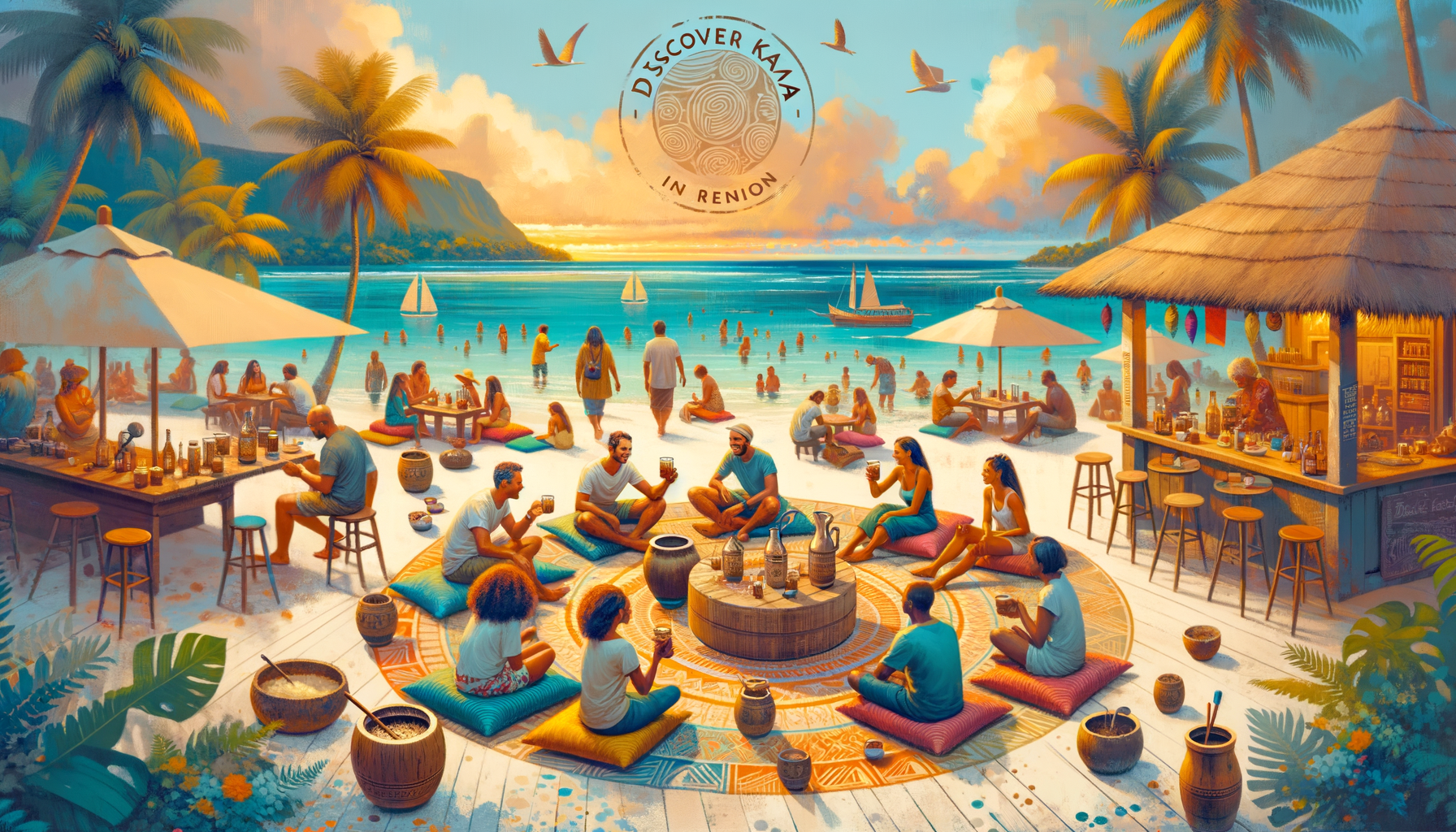What is Kava?
Kava is a drink made from the root of the kava plant, called "Piper methysticum." It has been enjoyed by people in the South Pacific for over three thousand years. Kava helps people relax and feel calm. To make kava, the root is crushed and mixed with water. People often drink it at parties and during special ceremonies.
Why Do People Like Kava?
Kava is more than just a drink. It is an important part of many cultures. People use kava to celebrate, solve problems, and relax together. Drinking kava helps people feel less stressed and more connected to each other. This makes it perfect for social gatherings.
How Kava Came to Réunion
Kava has traveled far from its home in the South Pacific. It’s now enjoyed by people in the United States, Europe, and Réunion, an island in the Indian Ocean. Réunion is known for its mix of different cultures, which makes it a great place for kava.
Réunion: A Mix of Cultures
Réunion is a beautiful island east of Madagascar. It is part of France but has its own unique blend of cultures. The people of Réunion come from French, African, Indian, and Chinese backgrounds. This mix is seen in the island’s food, music, and traditions.
Kava and Réunion’s Culture
Both kava and Réunion’s cultures value community and gathering together. This makes kava a great fit for the island. People on the island quickly embraced kava because it helps them relax and connect.
How Kava Got Popular in Réunion
Kava came to Réunion thanks to travelers and kava fans who thought the island’s people would love it. Local business owners and wellness advocates also helped by creating places where people can enjoy kava.
Kava in Réunion Today
Kava is getting more popular on the island. Locals and tourists alike enjoy this relaxing drink. More and more cafes and social spots are serving kava. These places are becoming popular hangouts where people can relax and have a good time.
New Traditions with Kava
Réunion is creating its own ways of enjoying kava. People are blending traditional kava customs with their own cultural practices. This makes kava ceremonies a special part of social events on the island.
Where to Enjoy Kava
You can find kava in several cozy cafes around Réunion. These places are perfect for people to come together, relax, and enjoy the unique drink.
A Personal Story
Matt Warren, co-founder of Psychedelic Water, first tried kava in Réunion and loved it. He visited a kava bar in a busy market during a wellness retreat. There, he felt a strong sense of community and relaxation. Matt even met a local who shared stories about kava and the island’s traditional dance, maloya. This experience showed Matt that kava brings people together.
Benefits of Kava for Réunion’s People
Kava fits well with Réunion’s easygoing and community-focused lifestyle. People on the island appreciate how kava helps them relax and enjoy time with friends. Many locals say that kava has become a big part of their social gatherings, helping them unwind and connect.
Looking Ahead
Kava’s popularity is growing, and it could become a permanent part of life in Réunion. As more people discover kava’s benefits, it will likely play a bigger role in the island’s social events and wellness activities.
Final Thoughts
Kava’s journey to Réunion shows how different cultures can come together over a shared love for community and relaxation. Whether you’re already a fan of kava or just curious, give it a try. Celebrate its history, enjoy its benefits, and feel the joy of connecting with others.
Ready to try kava? Dive in with KavaKist and join the global kava community!
Keywords:
- kava in Réunion
- traditional kava benefits
- multicultural influences on Réunion
- kava’s relaxing properties
- kava popularity in Réunion

Leave a Reply